
Part 2: Lone Wolf
In the worst domestic terror attack in U.S. history, army veteran Timothy McVeigh bombs the Murrah Federal Building in Oklahoma City.

In the worst domestic terror attack in U.S. history, army veteran Timothy McVeigh bombs the Murrah Federal Building in Oklahoma City.
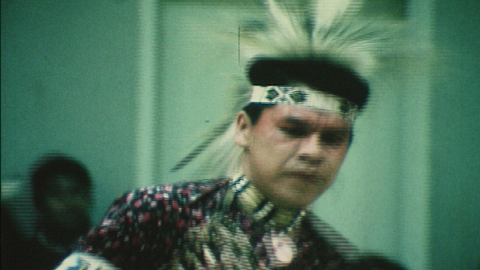
"While official recognition of Indigenous Peoples’ Day and a National Day for Truth and Reconciliation are important and necessary symbolic steps, the Indigenous still face a very real threat from forces attempting to rewrite history."
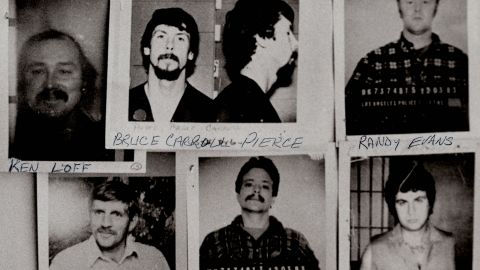
The Order views the federal government as the enemy. Members are prosecuted, but their ideology continues to grow.
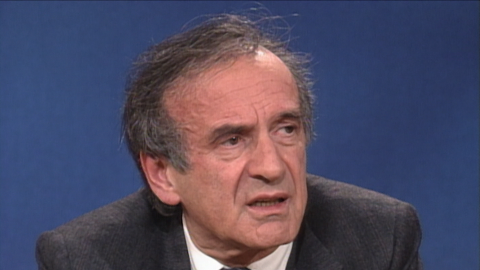
A group of journalists sit down with Holocaust survivor Elie Wiesel, a renowned author and humanist. The Nobel laureate discusses everything from the rise of antisemitism and the origins of hate to Jewish/Black relations and the importance of preventing future…
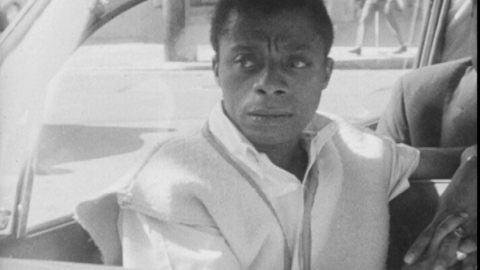
Author and activist James Baldwin meets with members of San Francisco's African American community in 1963. Escorted by Youth For Service's executive director, Orville Luster, Baldwin is intent on discovering "the real situation of Negroes in the city, as opposed…

Learn about the forced relocation of 6,000 Navajo through a 300-mile journey on foot into some of the most barren land in the Southwest. Elders share horrific accounts of hardship, starvation and death as the narrator translates.

Retro Report uses the clear lens of history to bring a greater understanding of current events and to fight misinformation.
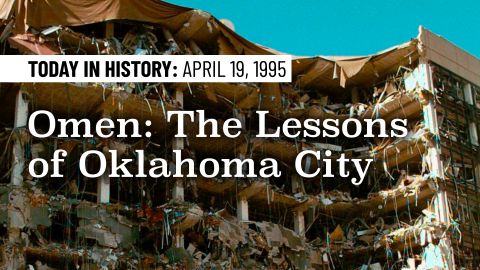
Twenty-seven years after the Oklahoma City bombing, the far-right extremist threat continues to grow and threatens national security ...
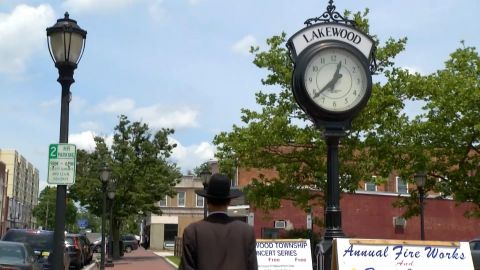
Rabbi Avi Schnall said children of one victim now terrified to go outside.

Illiberal democracy has gained a solid foothold in much of Europe.
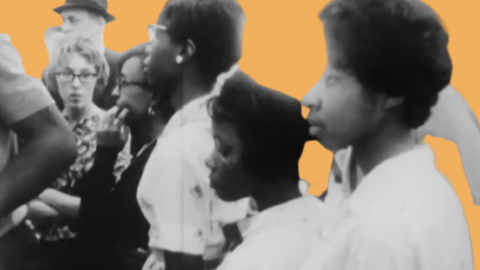
What happened when white Americans in Northern cities and towns were confronted with integration. The film captures images of the protests, the racist backlash, and the fight for equality.

Dr. Martin Luther King, Malcolm X, and James Baldwin -- three of the most highly regarded civil rights leaders of the 1960s -- were united in their quest for Black empowerment. But their methods of approach were polarizing.